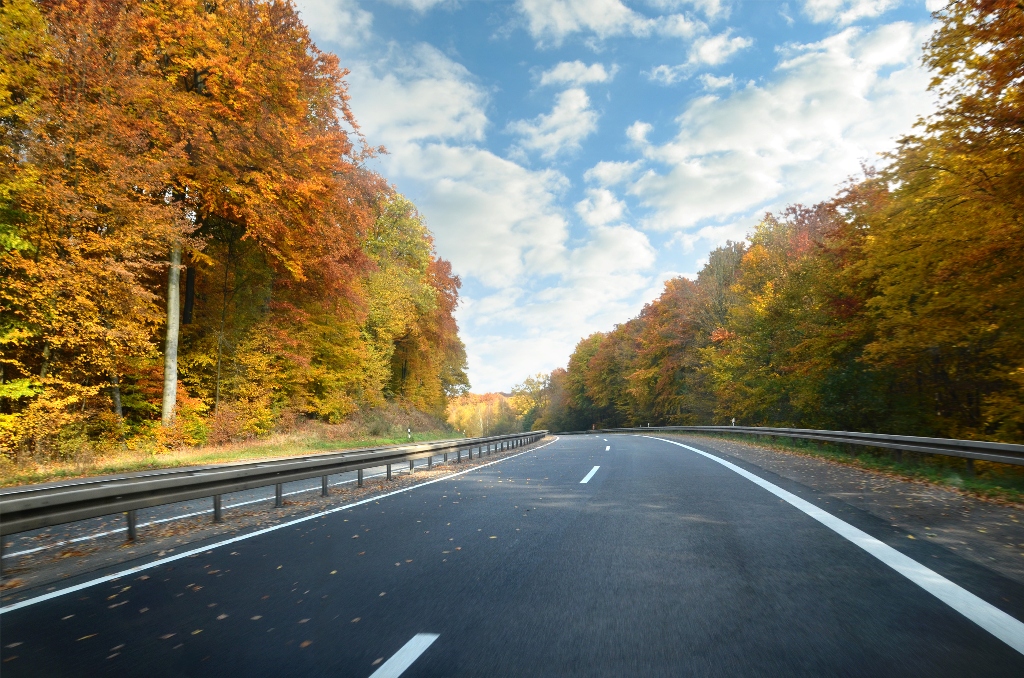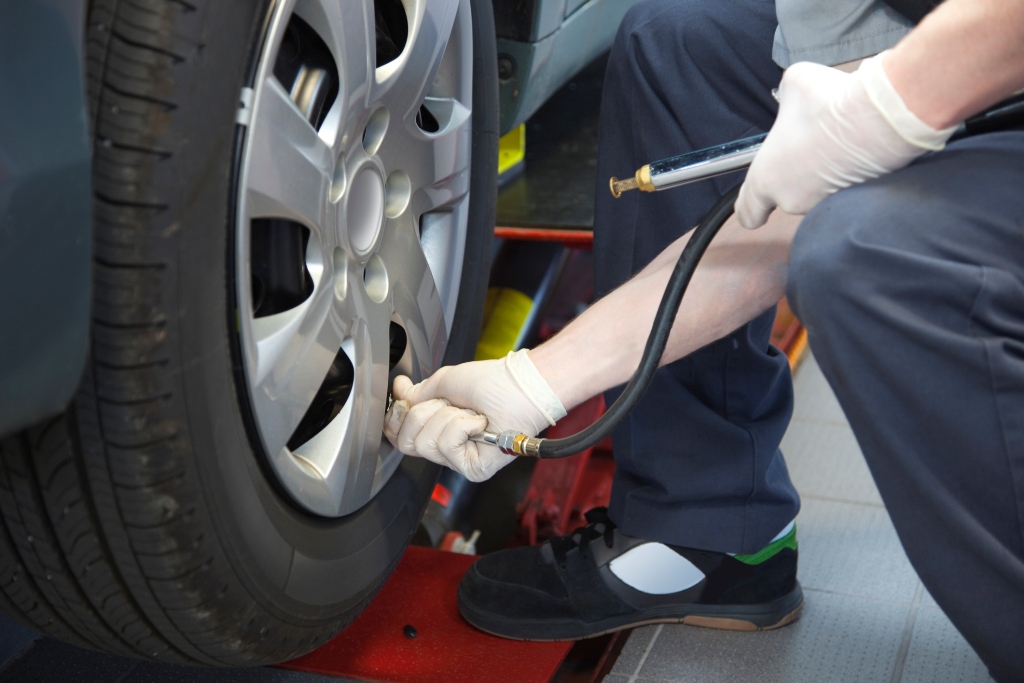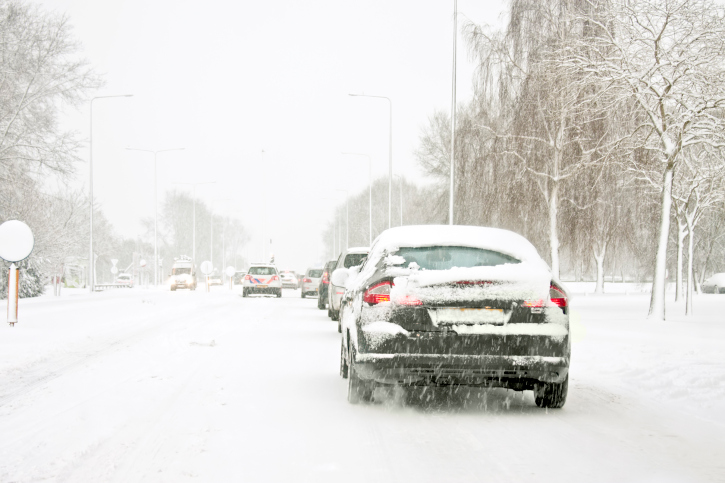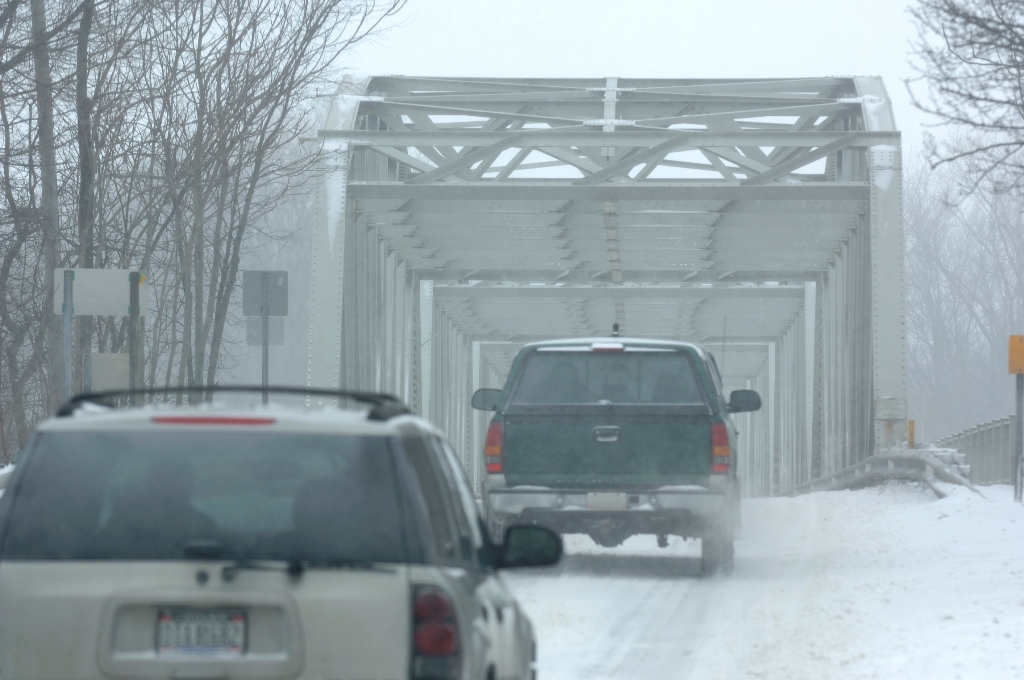By Matt Reid, Senior Safety Consultant
Fall is a favorite season for many Virginians. Getting a break from the hot, humid weather and enjoying the stunning fall foliage is looked forward to by many of us. As defensive drivers, we should take the opportunity during this time of change to prepare for the additional driving risks both fall and winter create.
Wet leaves during the fall are a road hazard that can reduce tire traction. Braking, steering and stopping can be compromised by wet leaves. Leaves can also obscure street markings, potholes, and curbs.
Once the fall season arrives, we know that winter is fast approaching. In addition, winter weather can occur during the fall season in Virginia. Spending some time and resources to prepare these changing conditions could possibly save a life. Here are some helpful suggestions that can get you prepared for fall and winter driving:
Tire safety and general maintenance
Maintaining your car’s tires is critical to safely driving your vehicle at this time of year. Tires affect the car’s ride, handling, traction, and safety. They are the critical connection between the car and the road in all types of weather conditions. Therefore, you should ensure that your tires have adequate tread, are aligned and properly balanced, and contain the correct tire pressure. Generally, you should rotate your tires every 6,000 miles.
Ensure that all exterior lights are working, windshield wipers are in good condition and the car is properly maintained according to its’ manufacturer. Being proactive in these areas can greatly reduce your odds of breaking down, having an accident or some other unwanted event while driving.
Driving tips
Increase the following distance between you and the vehicle in front of you if road conditions are less than ideal. Wet leaves, icy roads and snow typically require more braking distance.
Allow more time to get to your destination. Giving yourself more than enough travel time will help in ensuring a safe speed without feeling the need to take risks by driving too fast for conditions.
Be mindful of school buses during your pre-dawn/early evening commutes. Our days are shorter and visibility is therefore reduced. School aged children are typically not aware of the dangers of oncoming traffic and may expose themselves to your vehicle.
Always travel with sunglasses, an adequate amount of windshield washer fluid, clean glass inside and out and properly adjusted mirrors. With the sun lower in the sky, the intense glare can often obscure our vision in the morning and afternoon. We are often traveling more in darker conditions with less hours of sunlight this time of year.
Ice and snow hazards
Ice and snow can greatly increase our chances of being involved in a crash. Equip your vehicle with emergency supplies such as a flashlight, ice melt or kitty litter (for traction), cell phone, and a snow/ice scraper. Additional equipment may include jumper cables, a blanket, tools, a small shovel, flares or reflective markers.
Before driving, determine if the trip you are about to take is truly necessary. If you must drive, take the time to remove snow and ice from all windows and lights. Clear ice from your mirrors and re-adjust them after cleaning. Make sure the windshield wipers work and your vehicles’ defroster is keeping ice from reforming on your glass.
Be aware that ice often forms on bridges well before snow/ice is visible on the roads. Avoid accelerating or braking while you are crossing a bridge that may have ice. Watch out for black ice caused by refreezing in shaded areas, bridges and overpasses.
Make sure you can see and be seen – keep headlights on low. High beams can “blind” you and other drivers. Ice may re-form on lights and windows, so if a trip takes more than 40-minutes you may need to pull off the road and scrape off the new ice accumulation.
If you are stuck, avoid spinning your tires in one spot. In a parking space, try “rocking” the car backward and forward. If you are stuck at a stoplight, a shovel, burlap bag, kitty litter, etc. may be needed.
If you are stuck, avoid spinning your tires in one spot. In a parking space, try “rocking” the car backward and forward. If you are stuck at a stoplight, a shovel, burlap bag, kitty litter, etc. may be needed.
When driving uphill, avoid driving close behind another vehicle but maintain a steady speed to decrease the risk of losing traction.
Decelerate well in advance of a turn, stopping point, or when descending a hill. With ABS, a continuous braking pressure is the general rule however, when going down a hill, on/off braking will help you maintain a safe speed.
When you start to skid, turn the wheel in the direction you want to go.
Planning for fall and winter weather may just save a life. Taking the time to be prepared for the adverse driving conditions that fall and winter bring is well worth it for you and your family.
Check out this festively musical video – Snowy Car Crashes…
[youtube=http://www.youtube.com/watch?v=PApZm9-rwFc]






